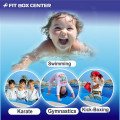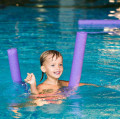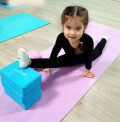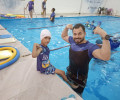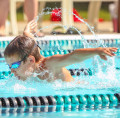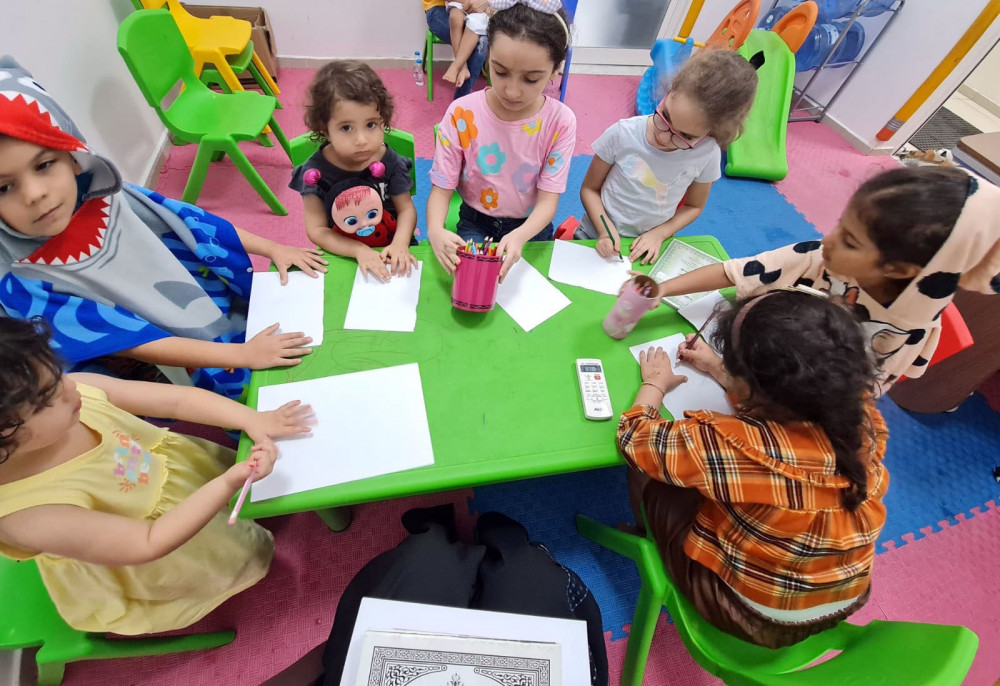
Kids Drawing Arts Learning with Other Activities
2024-05-30 - drawingIntroduction
Have you ever watched a child lost in the world of drawing,
their imagination spilling onto the paper? It's a magical sight, isn't it?
Drawing isn't just about creating pretty pictures; it's a vital part of a
child's development. But what if we told you that combining drawing with other
activities could amplify these benefits? Let's dive into the world of kids
drawing arts learning alongside other activities and discover how this dynamic
duo can boost your child's growth.
Why Drawing is Essential for Kids
Cognitive Development
Drawing helps children develop their cognitive skills. When
they draw, they're not just making marks on a paper; they're processing their
thoughts and translating them into visual form. This enhances their
problem-solving abilities and sharpens their focus.
Emotional Expression
Children often find it hard to express their feelings
through words. Drawing provides a safe outlet for them to convey their
emotions. Whether it's joy, fear, or confusion, you can often understand what a
child is going through by looking at their artwork.
Enhancing Creativity
Every child is a born artist. Drawing nurtures their
creativity, allowing them to think outside the box. This creative thinking is
not only useful in art but in everyday problem-solving and innovation.
Combining Drawing with Other Activities
Benefits of Multi-Activity Learning
Integrating drawing with other activities can make learning
more holistic and enjoyable. It keeps children engaged, helps them see
connections between different subjects, and caters to various learning styles.
How to Integrate Drawing with Play
Incorporate drawing into playtime. For instance, if your
child loves playing with action figures, encourage them to draw scenes or
stories involving their toys. This makes learning fun and interactive.
Drawing and Physical Activities
Enhancing Motor Skills
Combining drawing with physical activities can improve motor
skills. For example, drawing large shapes on a whiteboard or sidewalk chalk
requires arm movement and coordination, helping to develop both fine and gross
motor skills.
Examples of Combined Activities
Try activities like drawing hopscotch grids or tracing body
outlines on large sheets of paper. These activities combine physical movement
with artistic creation, enhancing both skill sets simultaneously.
Drawing and Storytelling
Fostering Imagination
Storytelling and drawing go hand in hand. Encourage your
child to draw characters and scenes from their favorite stories or create their
own illustrated tales. This fosters imagination and narrative skills.
Creating Illustrated Stories
Help your child create their own picture book. They can draw
the illustrations and narrate the story, developing their writing and artistic
skills simultaneously.
Drawing and Science
Visualizing Scientific Concepts
Drawing can make abstract scientific concepts more concrete.
For example, your child can draw the water cycle, parts of a plant, or the
solar system. This visual representation aids in better understanding and
retention.
Fun Science Art Projects
Combine art with science experiments. For example, after a
simple chemistry experiment, your child can draw what they observed. This
reinforces scientific learning through visual documentation.
Drawing and Mathematics
Understanding Geometry Through Art
Geometry and drawing are natural partners. Encourage your
child to create art using geometric shapes. This not only makes math fun but
also helps in understanding shapes, symmetry, and spatial relationships.
Patterns and Symmetry in Drawing
Teach your child about patterns and symmetry by
incorporating them into their drawings. Activities like creating mandalas or
tessellations can make these mathematical concepts more engaging.
Drawing and Social Skills
Group Art Projects
Group art projects can teach children about teamwork and
collaboration. Activities like mural painting or group collages require kids to
work together, share materials, and respect each other's ideas.
Sharing and Collaboration
Encourage your child to share their artwork with friends and
family. This boosts their confidence and teaches them the value of sharing and
receiving feedback.
Stages of Artistic Development in Children
Age-Specific Milestones
Understanding the typical stages of artistic development can
help you support your child appropriately. From random scribbling in toddlers
to more detailed drawings in older kids, each stage has its own charm and
significance.
Recognizing and Nurturing Talent
If your child shows a particular interest or talent in
drawing, nurture it. Provide them with more advanced materials, enroll them in
art classes, and encourage them to explore different styles and techniques.
Addressing Common Challenges
Overcoming Frustration
It's common for children to feel frustrated if their drawing
doesn't turn out as they imagined. Teach them that making mistakes is part of
the learning process and encourage them to keep trying.
Balancing Structured and Free Drawing Time
Balance structured drawing activities with free drawing
time. This allows your child to learn new skills while also exploring their
creativity without constraints.
Success Stories and Case Studies
Real-Life Examples of Benefits
There are numerous stories of children who have benefited
from integrating drawing with other activities. From improved academic
performance to enhanced social skills, the positive impacts are inspiring.
Testimonials from Parents and Educators
Parents and teachers often share how drawing has helped their
children or students. These testimonials highlight the real-world benefits of
encouraging artistic expression in kids.
Conclusion
Incorporating drawing into your child's daily activities can
significantly enhance their cognitive, emotional, and social development. By
combining drawing with other activities like storytelling, music, science, and
physical play, you provide a rich, multifaceted learning experience. So, grab
some crayons, set up a creative space, and watch your child's imagination soar!


